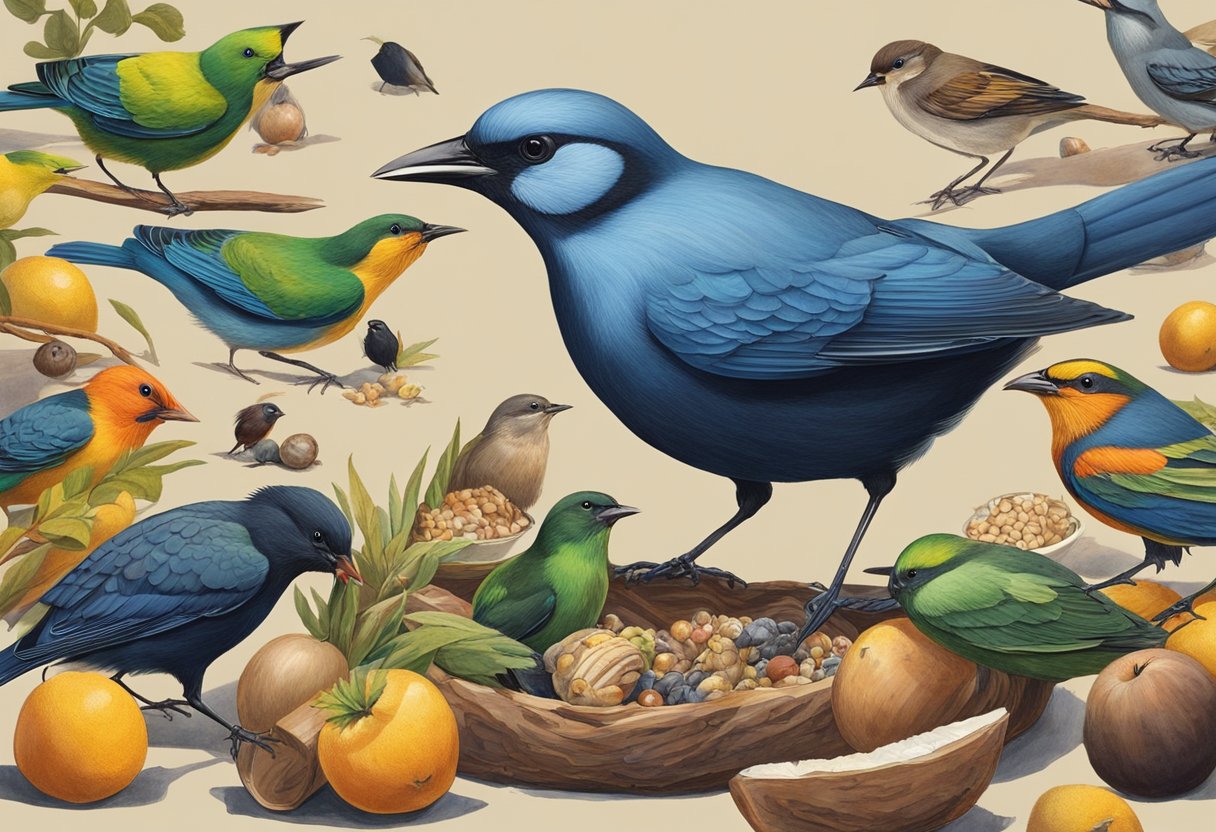Birds are some of the most fascinating creatures on the planet. With over 10,000 species in the world, they come in all shapes and sizes, and each one has its unique set of behaviors and habits. While some of these behaviors are well-known, others are downright bizarre and can leave even the most experienced birdwatcher astonished.

In this article, we will explore seven bizarre bird behaviors that will leave you amazed. From the bird that uses fire to catch its prey to the one that mimics the sound of a chainsaw, these behaviors are sure to pique your interest and expand your knowledge of the avian world. So, sit back, relax, and get ready to be astounded by the incredible world of birds.
Mating Rituals and Dances

Birds are known for their unique and fascinating mating rituals. From complex vocal performances to synchronized avian ballets, these behaviors are sure to leave you astonished.
Synchronized Avian Ballet
Some bird species engage in stunning synchronized dances during their mating rituals. For example, the blue-footed booby performs an elaborate dance that involves lifting and lowering its feet in a synchronized manner. The male frigatebird inflates its red throat pouch and performs a high-flying dance to attract a mate.
Complex Vocal Performances
Birds also use their voices to attract mates. Male birds often sing complex songs to impress females. For example, the male lyrebird can mimic the sounds of other birds, as well as other sounds from its environment, such as car alarms and chainsaws. The male superb lyrebird can even imitate human speech.
Some bird species engage in call-and-response vocalizations during their mating rituals. The male and female duet in a complex and coordinated song, which helps them to bond and establish their relationship.
In conclusion, bird mating rituals are truly astonishing and showcase the unique behaviors of these amazing creatures.
Feeding Frenzies and Unusual Diets

Toxic Prey Consumption
Some birds have evolved to consume toxic prey, such as the pitohui of New Guinea. These birds have bright orange feathers, which serve as a warning to predators that they are toxic. The pitohui feeds on beetles that contain a potent neurotoxin, which the bird is able to tolerate. Similarly, the kea parrot of New Zealand has been known to consume toxic plants, such as the leaves and bark of the yew tree.
Tool Use in Foraging
While tool use was once thought to be limited to primates, recent studies have shown that some birds also use tools to forage for food. The New Caledonian crow, for example, has been observed using sticks to extract insects from tree bark. Similarly, the Egyptian vulture has been seen using rocks to crack open ostrich eggs.
Birds with unusual diets are fascinating creatures. From consuming toxic prey to using tools to forage, these behaviors demonstrate the remarkable adaptability of birds in the face of changing environments.


